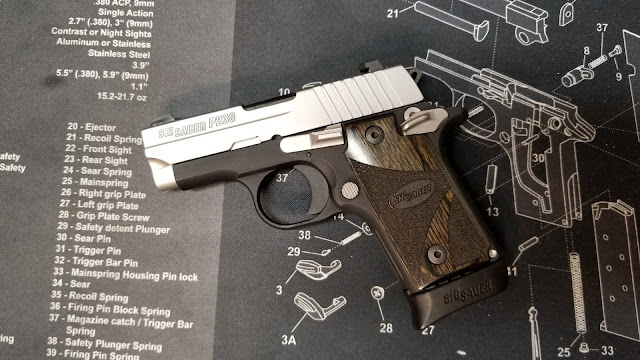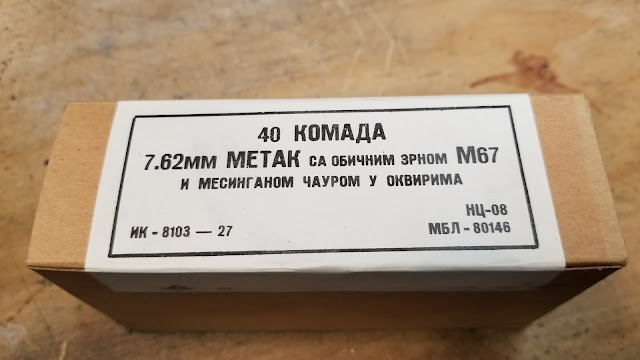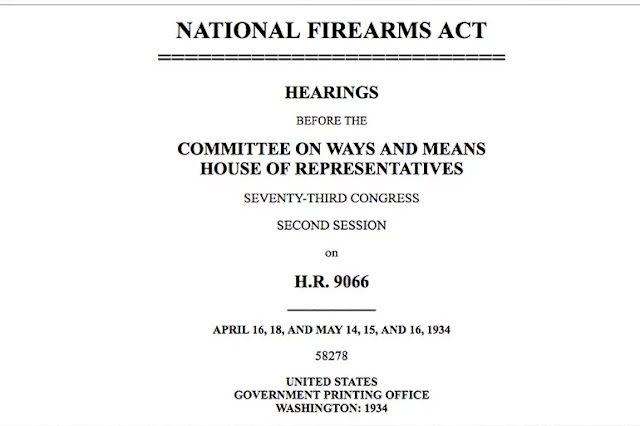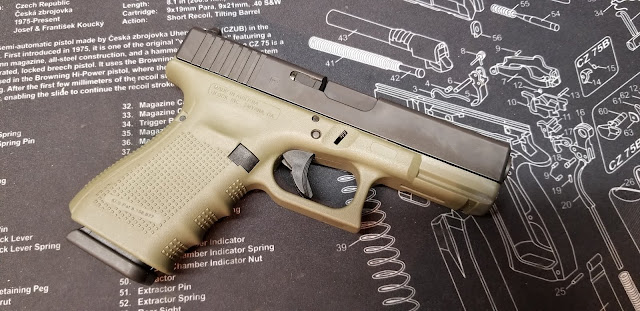The SIG P238

Introduction: The SIG Sauer P238 is a single-action, hammer-fired, subcompact pistol. First introduced in 2009, the P238 has gained much popularity in the conceal-carry pistol market. It is chambered in .380 ACP, so it fills the niche for SIG that also includes guns such as the Ruger LCP. With its metal frame and grip-extension magazine, the P238 is one of the most comfortable to hold and shoot subcompact .380s on the market today. Details: The overall design of the P238 is based on the M1911, with the slide release, trigger, safety, and single-action operation being prime examples of this. Because .380 ACP is not known for being a high-pressure cartridge, SIG omitted the locking lugs normally found on M1911 barrels. The lockup is more similar to a Glock, wherein the chamber portion of the barrel acts as a locking lug during firing. The inside of the slide actually looks very similar to the CZ75. This is not a huge surprise though, being that the CZ...


